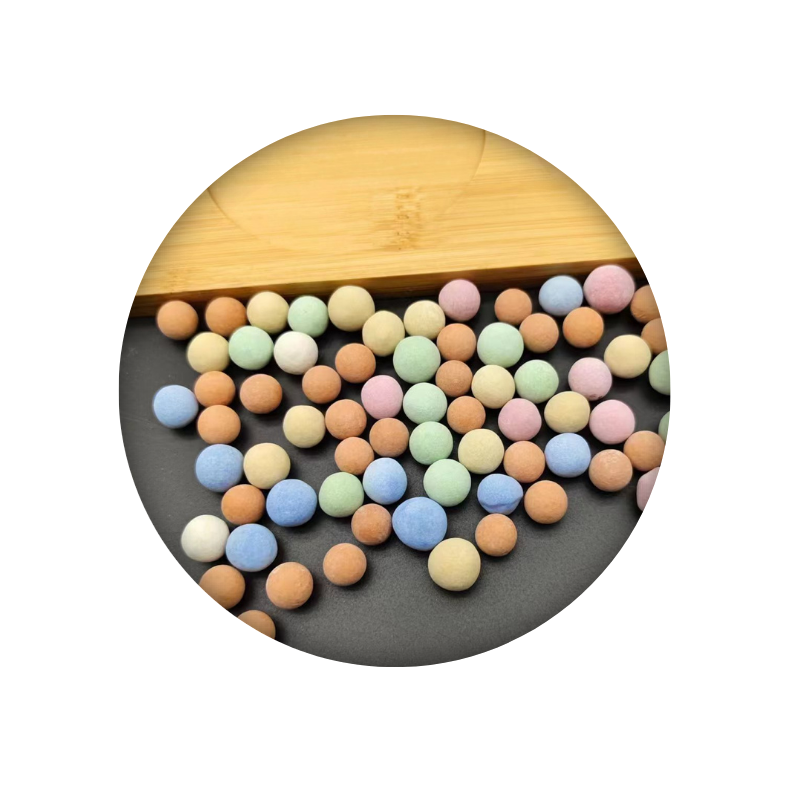
Innovative Applications of Fly Ash in Construction and Environmental Sustainability
The Use of Fly Ash in Modern Construction
Fly ash, a byproduct of coal combustion in power plants, has gained significant attention in the construction industry due to its remarkable properties and environmental benefits. As sustainability becomes a paramount concern in modern construction practices, the utilization of fly ash offers an innovative solution to reduce the ecological footprint of building materials while enhancing the performance of concrete.
The Use of Fly Ash in Modern Construction
The use of fly ash contributes to sustainable construction practices by recycling waste that would otherwise contribute to landfill pollution. The coal combustion process produces substantial amounts of fly ash, and by incorporating it into construction materials, we can mitigate waste and promote a circular economy. Furthermore, using fly ash in concrete reduces the carbon footprint associated with cement production. Cement manufacturing is a significant source of carbon dioxide emissions, but by replacing a portion of it with fly ash, we can lessen the overall impact on the environment.
fly ash use

In addition to reducing environmental impact, fly ash utilization can lead to economic benefits. Incorporating fly ash can decrease the overall material costs in concrete production, as fly ash is often less expensive than traditional cement. This cost efficiency can be particularly beneficial for large-scale construction projects where material costs play a critical role in budgeting. As the demand for sustainable materials grows, using fly ash can also enhance a company’s reputation for eco-friendly practices, potentially attracting environmentally-conscious clients and investors.
Despite its benefits, the use of fly ash does have some challenges. The variability in the properties of fly ash, influenced by the source of the coal and combustion conditions, can lead to inconsistencies in performance. Therefore, it is essential for construction professionals to conduct thorough testing and quality control measures to ensure that the fly ash meets specific engineering standards necessary for structural applications. Continued research and development efforts are also needed to standardize the use of fly ash in various types of concrete mixes and construction methodologies.
As technology advances, the potential applications for fly ash extend beyond structural concrete. Researchers are exploring its use in geotechnical engineering, asphalt production, and even in the creation of lightweight aggregates. These innovative applications could help further diversify the use of fly ash, offering even more options for sustainable construction solutions.
In conclusion, fly ash represents a critical resource in modern construction, aligning with sustainability goals and elevating the performance of concrete structures. As the industry continues to evolve, the integration of fly ash not only addresses waste management concerns but also promotes cost-effective and environmentally friendly building practices. By embracing this innovative material, we move closer to achieving a sustainable future in construction, ensuring that our infrastructure meets the needs of society while preserving the planet for future generations.
Share
-
Premium Talcum Powder Enhanced with GPT-4 Turbo | Soft & Long-LastingNewsAug.02,2025
-
Fly Ash Solutions Enhanced by GPT-4 Turbo | Sustainable InnovationNewsAug.01,2025
-
Natural Premium Bentonite Cat Litter - Superior ClumpingNewsJul.31,2025
-
Premium Resin Coated Sand - High Heat Resistance CastingNewsJul.31,2025
-
High Quality Silicon Carbide Grit for Abrasive ApplicationsNewsJul.30,2025
-
High-Quality Ceramsite for Plants & Gardening | Lightweight PebblesNewsJul.29,2025






